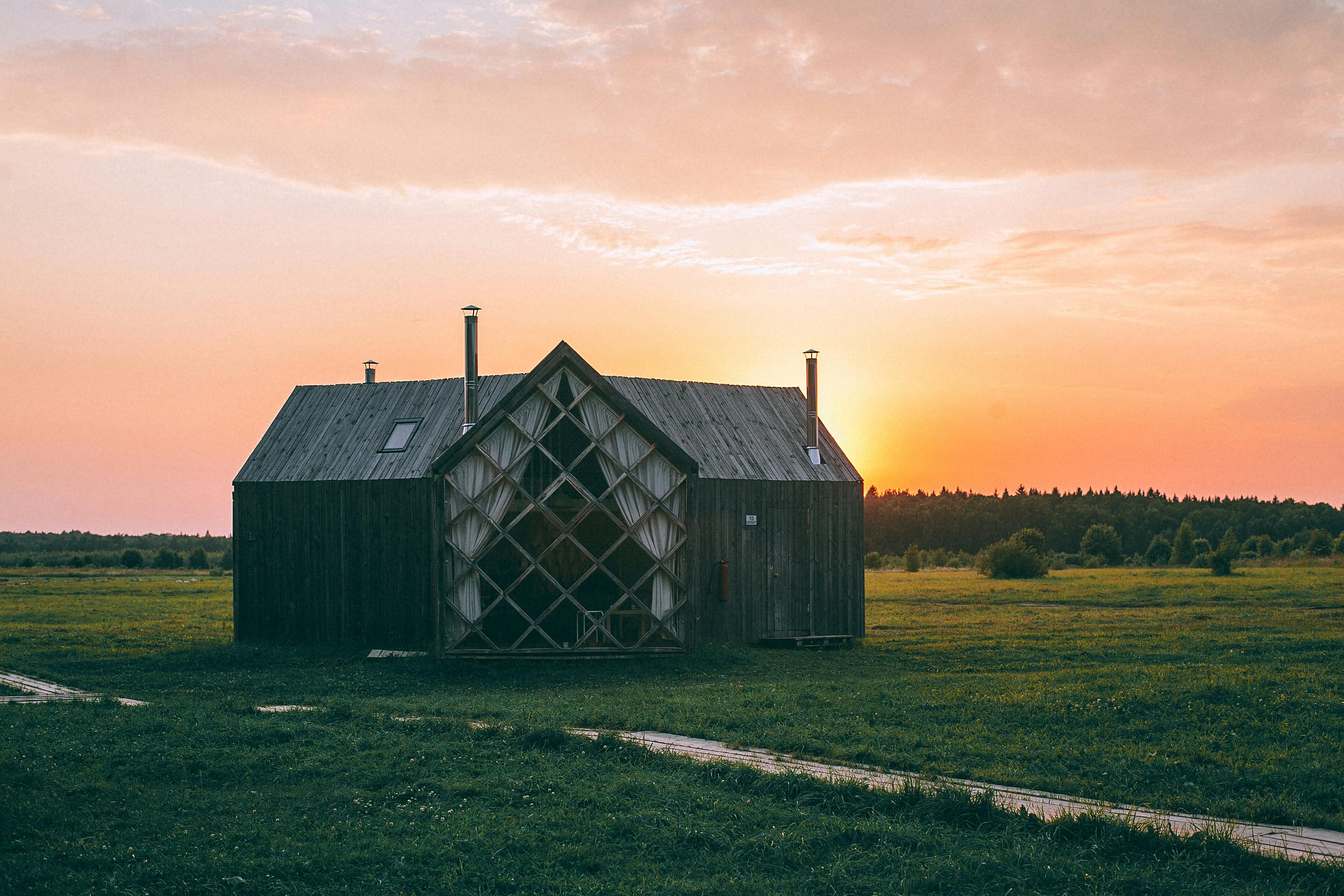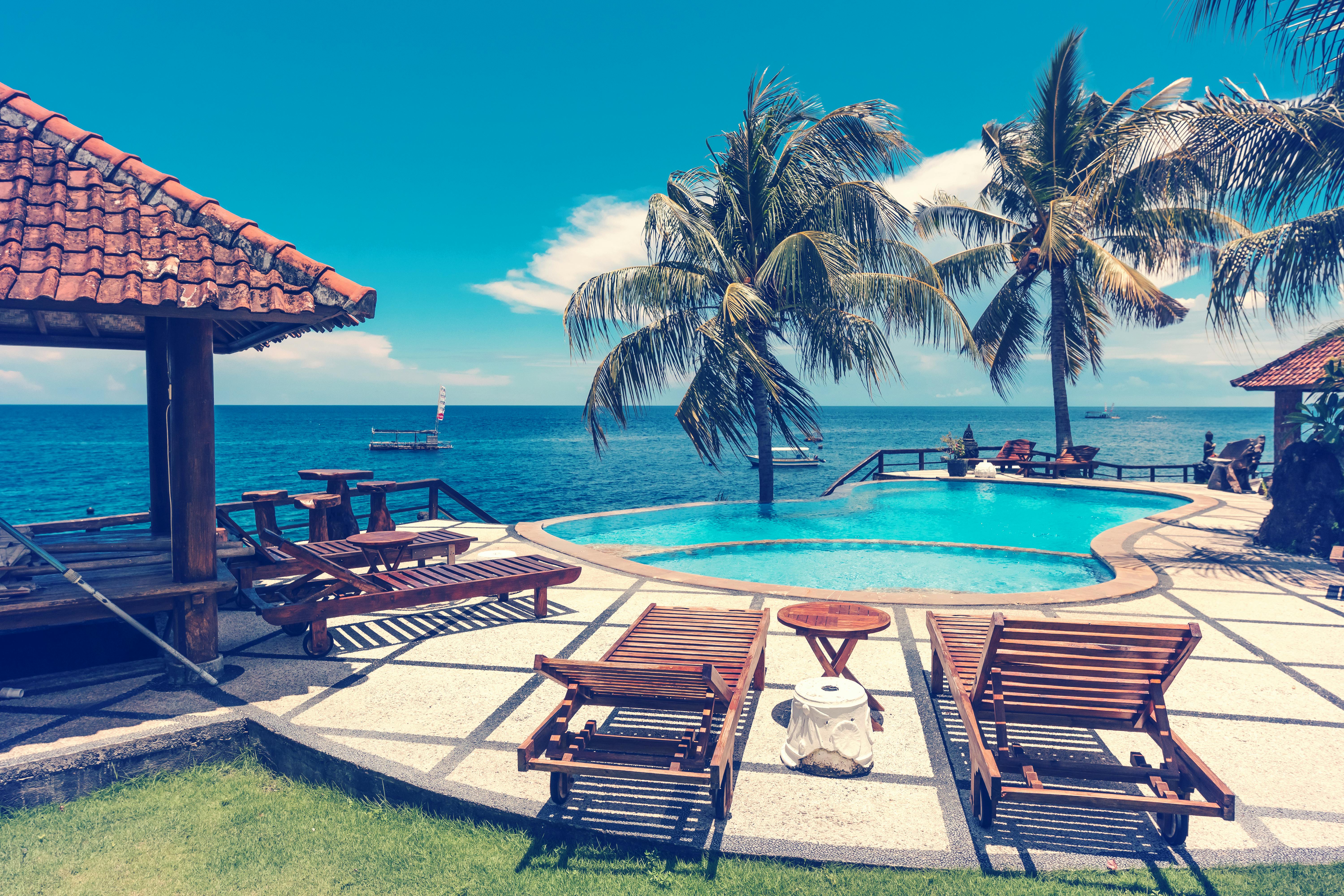Nepal is a wonderful country that has many aspects of diversity to itself. Most prominent among the various aspects would be topography, where the land structure is flat and smooth in the lowland terai, isolated valleys between hilly terrain and majestic mountains in the Himalayan region. Nepal is called the country of the Himalayas and has the highest mountain in the world, Mount Everest, located in the Khumbu region of the country. Along with Mount Everest, there are also many other mountain peaks that surround Everest. Hiking in the Everest region of Nepal is perhaps one of the most famous hiking destinations for travelers from all over the world. The Sagarmatha area, which is named after the highest mountain in the world, is full of Sherpa settlements, with the majority being Buddhist culture and religion. That is why, while walking towards Everest base camp, you are likely to come across many monasteries, gumbas, chaityas, and bihars along the trekking trail. The road to Everest Base Camp is mainly decorated with colorful Buddhist prayer flags and carvings on the stone walls of Mani.
The Khumbu region also has the Sagarmatha National Park; and while walking to Everest base camp, you will have to walk through the park and reach Namche Bazaar. Adventures in Namche include exploring the village of Namche. It is also called the “Gateway to Everest”, and it is a wonderful settlement that offers the first glimpses of Mount Everest and its surrounding peaks. Sagarmatha National Park is a natural World Heritage site that has a wide variety of unique flora and fauna preserved within its perimeters. The foliage of the park mainly includes alpine vegetation of pines, junipers and cedars, along with the national flower of Nepal, rhododendrons. In fact, as you walk to Everest Base Camp, the trekking trail is adorned with rhododendron flowers that bloom in the colors red, white, and pink. As you walk to the base camp, you will most likely tour the upper catchment areas of the Khumbu region, such as the Dudh Koshi River, the Bhote Koshi River Basin, and the Gokyo Lakes. Other surrounding peaks in the region include Mount Lhotse, Mount Cho Oyu, Mount Thamserku, Mount Nuptse, Mount Ama Dablam, and Mount Pumori, among many others. Walking through the forests of the region to Everest base camp, you will find several birdlife that inhabit the surface. The forest provides habitat for at least one hundred and eighteen species of birds, including the Himalayan monal, blood pheasants, red-billed and yellow-billed choughs. Not only that, Sagarmatha National Park allows you to trudge through the habitat of rare animals such as musk deer, snow leopard, Himalayan black bears, and red pandas. Himalayan thars, langur monkeys, martens, and Himalayan wolves are also found in the park.
The Everest base camp trek also has the revelation of visiting the Tengboche Monastery along the trail. It is located in Tengboche village in Khumjung. It is a famous Tibetan Buddhist monastery of the Sherpa people and is also a center for hikers in the Everest region. Tengboche Monastery is one of the largest Gompas in the Khumbu region of Nepal. The monastery offers incredible panoramic views of mountains such as Tawache and Everest, and the monastery itself is lavishly decorated with precious and religious paintings and murals and is intricately carved. The monastery attracts many hikers heading to Everest base camp.
As you walk, you will also come across a town called Dingboche. It is also called “The Valley of Summer”. If you travel from Tengboche, you will come across this small Sherpa settlement which is located in the Chhukung Valley. The Imja River flows directly east of the town. One of the characters of Dingboche is the kilometers of stone walls, built with stones of different sizes that cover the entire Imja Valley. The stones are removed to plow the land and end up stacked on top of each other creating the kilometers of wall. It is called the “Summer Valley” because it receives more sun than the town of Pheriche and is less affected by the icy winds that descend through the Khumbu valleys.
From Nagerjun, which is a settlement just above Dingboche on the edge of a hill in the Chhukung Valley, you will be presented with views of the Himalayas from Mount Lobuche to the east and Lobuche to the west, Toboche Peak; And sometimes, when the weather permits, you can even see the magnificent view of Mount Makalu from here. Mount Makalu is the fifth highest peak in the world. As you walk to Everest Base Camp, you will eventually also go to Lobuche, where you can experience the cyan color of the Khumbu Glacier moraine. The Khumbu Glacier is located on the ridge between Mount Everest and Lhotse-Nuptse. With an elevation of four thousand nine hundred meters, it is the highest glacier in the world and it is also one of the largest glaciers in Nepal. The Khumbu Glacier is followed for the final part of the trail to Everest Base Camp. The glacier has a large icefall, The Khumbu Icefall, at its western end.
Reaching Everest Base Camp presents the sublime atmosphere of the mountains. The area is covered in snow and is extremely peaceful and beautiful. You would have the adventure of your life walking to Everest base camp. Encountering a wonderful natural environment adorned with emerald foliage, serpentine rivers, and rare animals, hiking in the Khumbu region presents you with an excellent opportunity to observe and participate in the unique and diverse culture of the people, experience their traditions and customs, and visit many religious sites. and temples. Hiking to Everest Base Camp also gives you the opportunity to see some of the most stunning views of the mountains, along with delicate villages and picturesque settlements. The trekking trip incorporates all aspects of the Everest region to bring you an incredible adventure!


